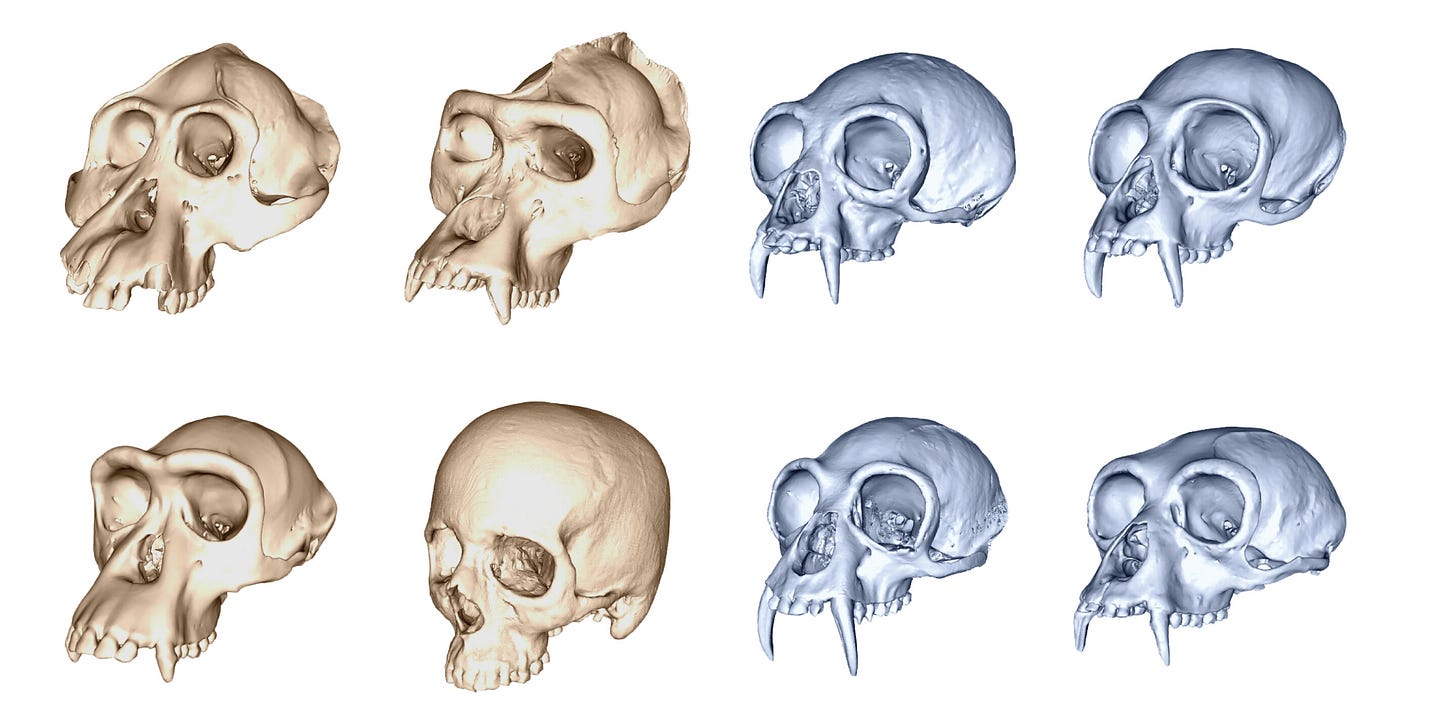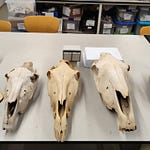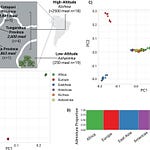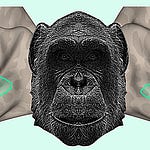The Tempo of Transformation
When paleoanthropologist Aida Gómez-Robles and her colleagues at University College London began comparing 3D scans of ape skulls, they weren’t expecting humans to stand out this much. The team’s analysis, published in Proceedings of the Royal Society B1, found that the skulls of Homo sapiens evolved roughly twice as fast as those of any other ape. The finding reframes one of biology’s most enduring questions: why did our faces flatten, our brains balloon, and our skulls morph so quickly—while our cousins’ remained relatively unchanged?

“Humans didn’t just diverge from other apes in form,” said Gómez-Robles. “They diverged in speed.”
The study, which compared seven species of great apes and nine species of gibbons, used high-density geometric morphometrics—a kind of digital landmark mapping—to trace how cranial regions changed over evolutionary time. Each skull was digitally broken into four regions: the back and front of the braincase, and the upper and lower face. Across nearly every measure, humans were evolutionary outliers.
“If evolution is a symphony, humans turned up the tempo,” said Dr. Rafael Kimura, an evolutionary morphologist at Kyoto University. “The rest of the apes stayed in time, while our lineage started improvising.”
Listen to this episode with a 7-day free trial
Subscribe to Anthropology.net to listen to this post and get 7 days of free access to the full post archives.









